Which represents correct difference when non-volatile solute is present in an ideal solution?
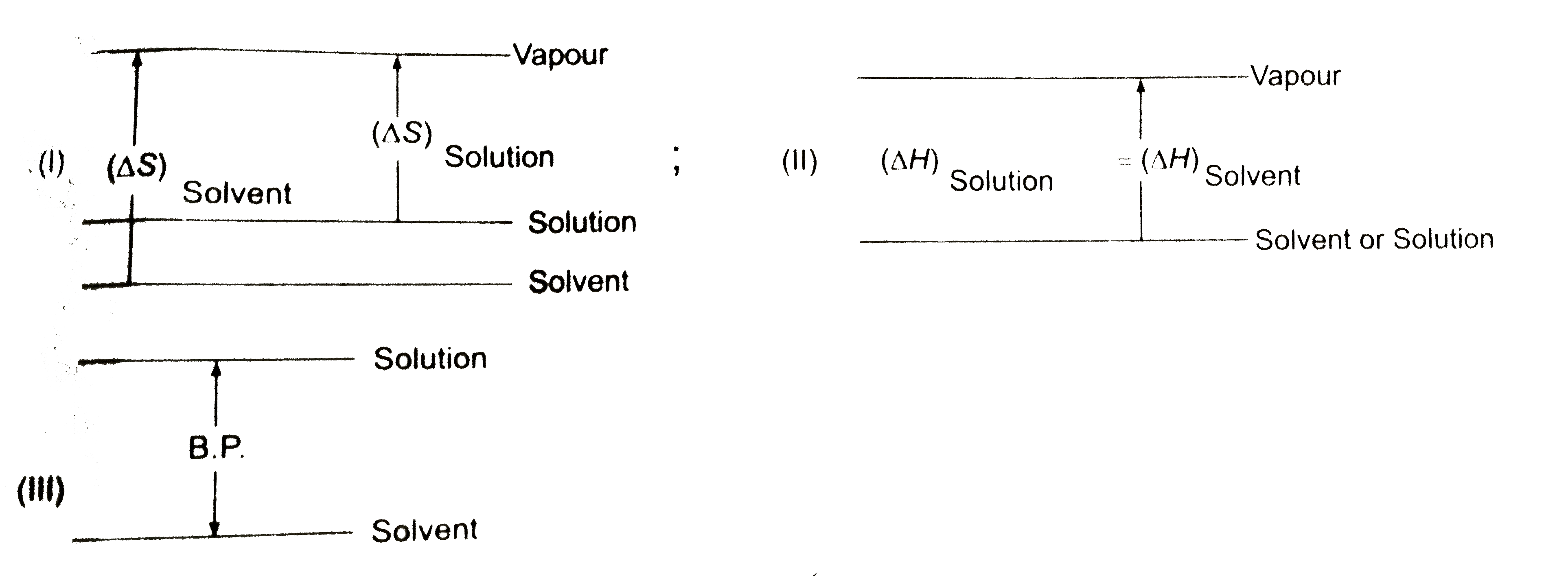
(a)I, II, III
(b)I, III
(c)II, III
(d)I, II
I, II, III
I, III
II, III
I, II
The correct Answer is:a
Step by step video & image solution for Which represents correct difference when non-volatile solute is present in an ideal solution? (a)I, II, III (b)I, III (c)II, III (d)I, II by Chemistry experts to help you in doubts & scoring excellent marks in Class 11 exams.
Updated on:21/07/2023Topper's Solved these Questions
- DILUTE SOLUTIONBOOK - NARENDRA AWASTHI ENGLISHCHAPTER - DILUTE SOLUTIONEXERCISE - leval-02
26 Videos
- DILUTE SOLUTIONBOOK - NARENDRA AWASTHI ENGLISHCHAPTER - DILUTE SOLUTIONEXERCISE - leval-03
23 Videos
- CHEMICAL EQUILIBRIUMBOOK - NARENDRA AWASTHI ENGLISHCHAPTER - CHEMICAL EQUILIBRIUMEXERCISE - Match the column
1 Videos
- ELECTROCHEMISTRYBOOK - NARENDRA AWASTHI ENGLISHCHAPTER - ELECTROCHEMISTRYEXERCISE - Subjective problems
14 Videos
Similar Questions
Which represents first order reaction out of I, II and III?

View SolutionOptical rotations of some compounds alongwith their structures are given below which of them have D configuration.
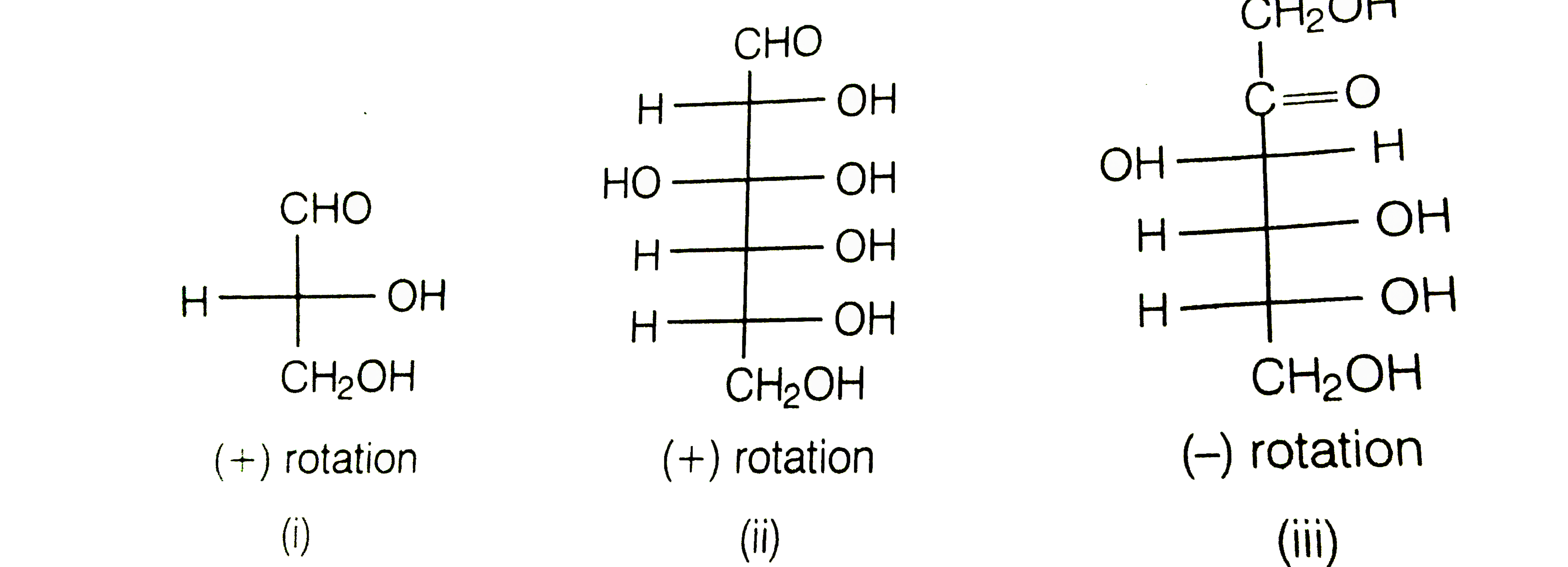
(a)I,II,III
(b)II,III
(c)I,II
(d)III
View SolutionWhich of the following statements are correct regarding the organelle, lysosome ?
I. It contains enzymes mostly active in acidic pH.
II. It is known as the suicidal bag .
III. These organelles are directly derived from the endoplasmic reticulum .
IV. It contains water , sap, excretory product and other materials not useful for the cell.
(a) I , II ,III and IV
(b) I and II only
(c) II and III only
(d) I, II and IV only
View SolutionIdentify the correct option in column I, II and III

View SolutionIndentify the process occurring in I, II, and III
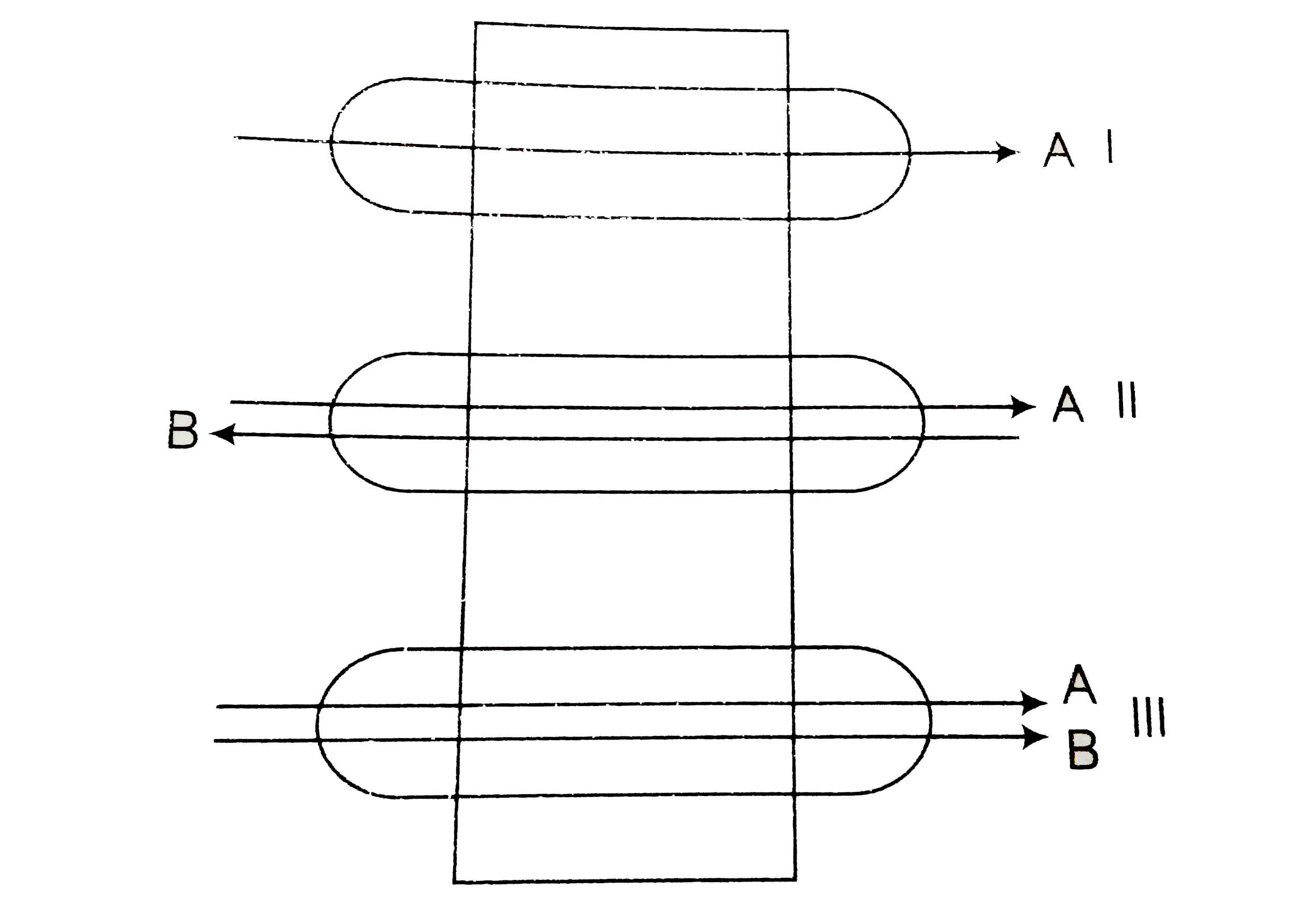
View SolutionGive the characteristic coordination number of each of the following central metal ions .
(a) Cu(I)
(b)Cu(II)
(c ) CO(III)
(d) AI(III)
(e) Zn(II)
(f) Fe(II)
(g) Fe(III)
(h) Ag(I) .
View Solution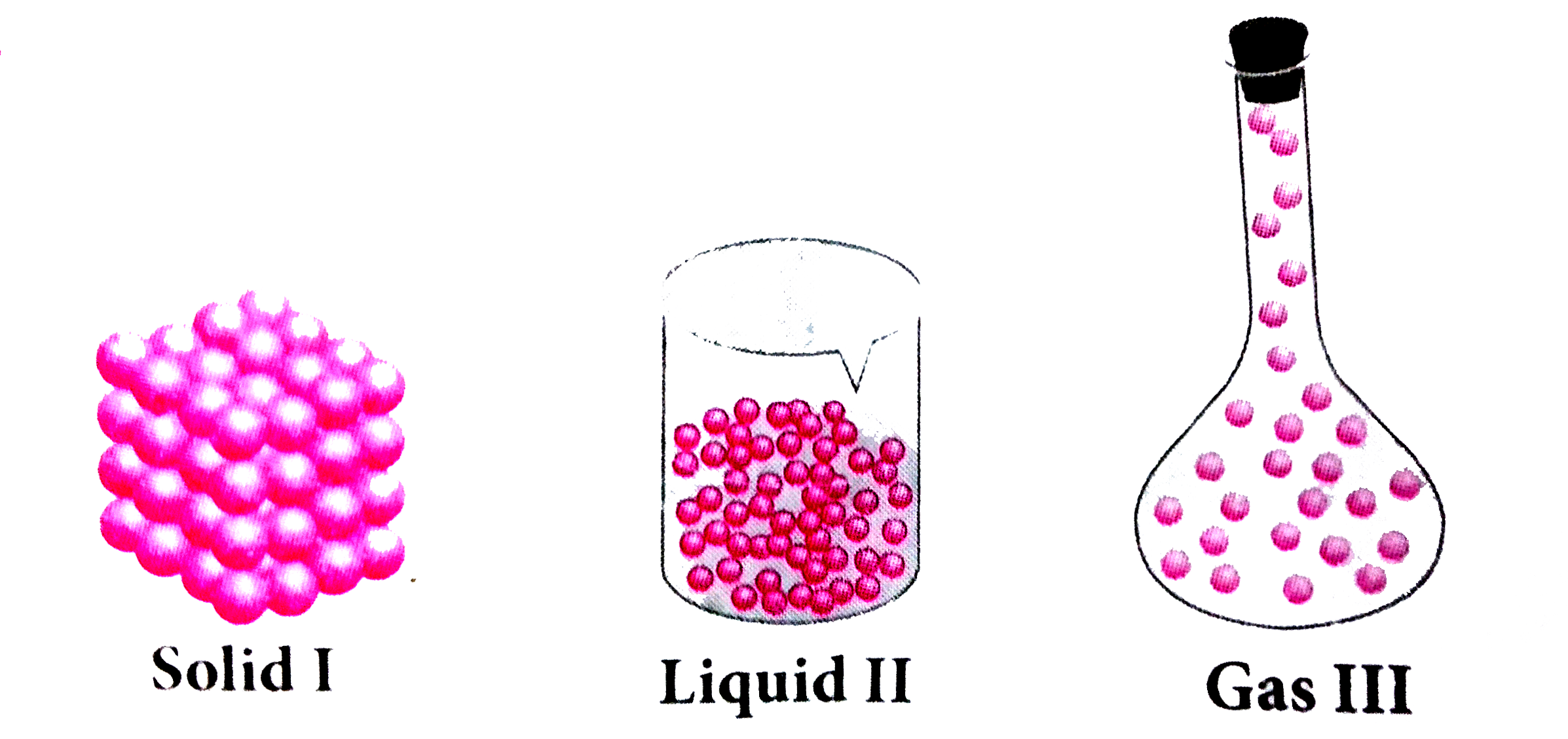
Choose the correct statement about I, II and III.
View SolutionPredict the order of reactivity of following compounds in dehydrohalogenation.
a. I. II.
II. 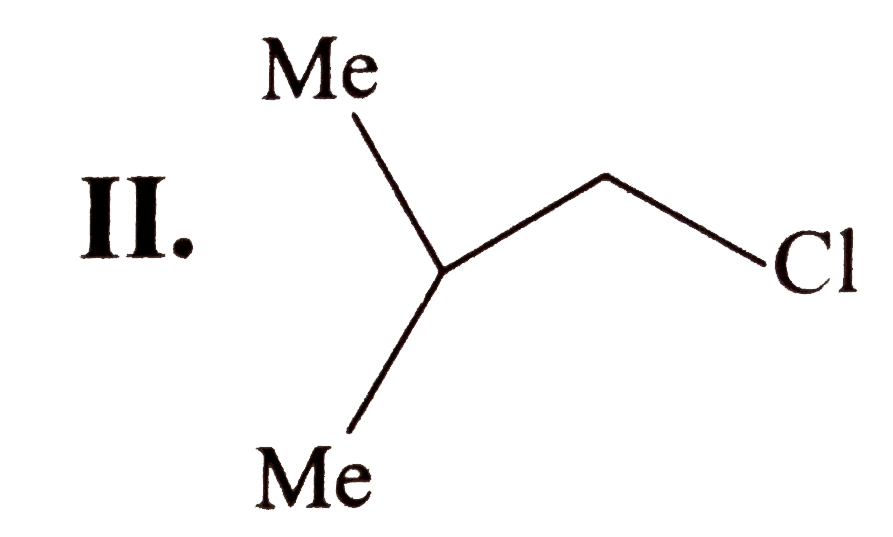
III.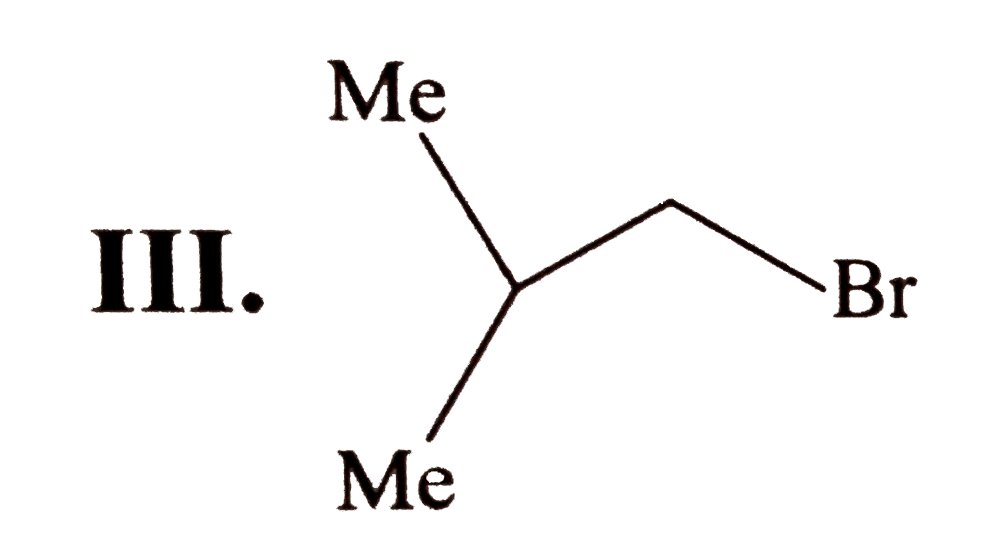 IV.
IV. 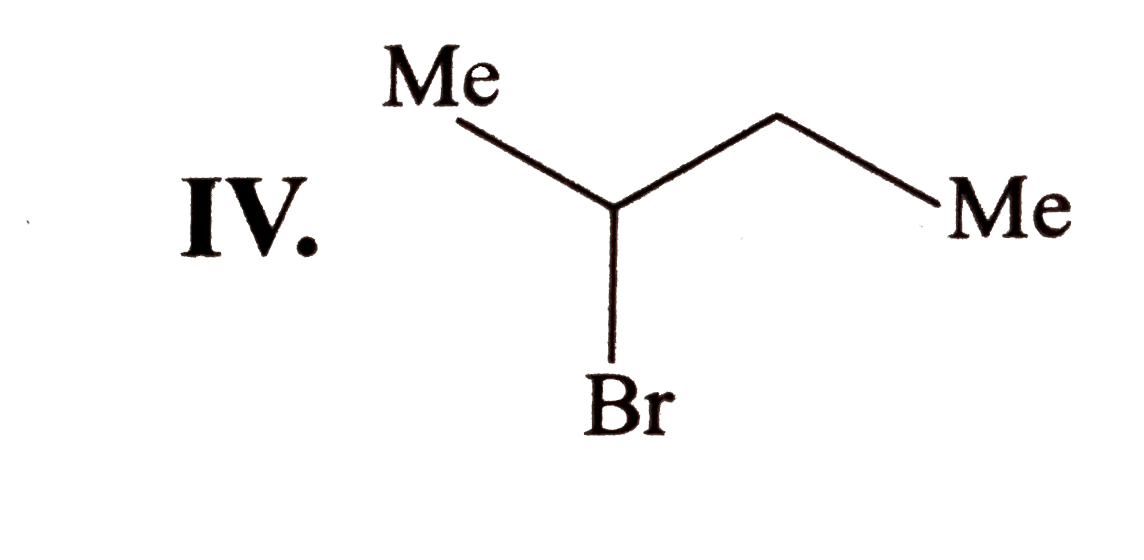
V.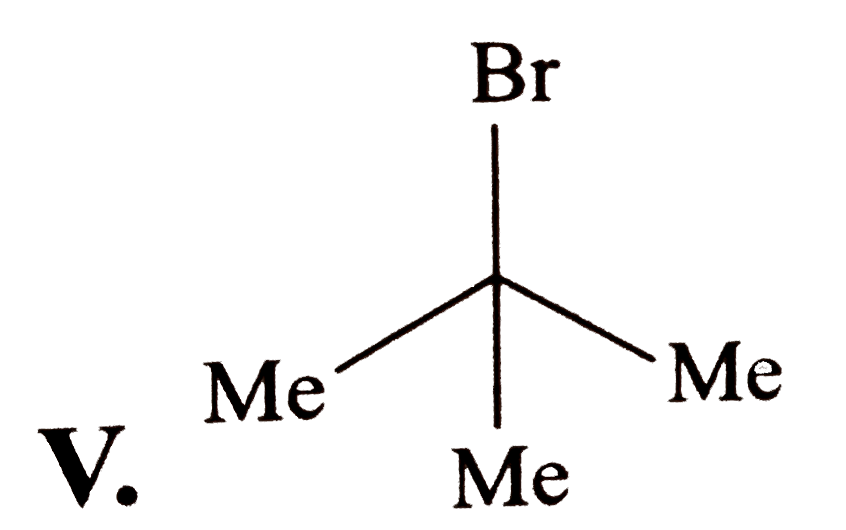
b. I.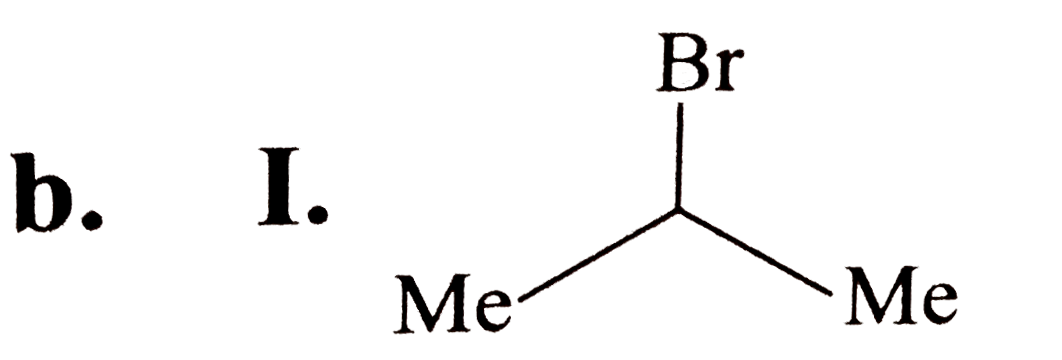 II.
II. 
III.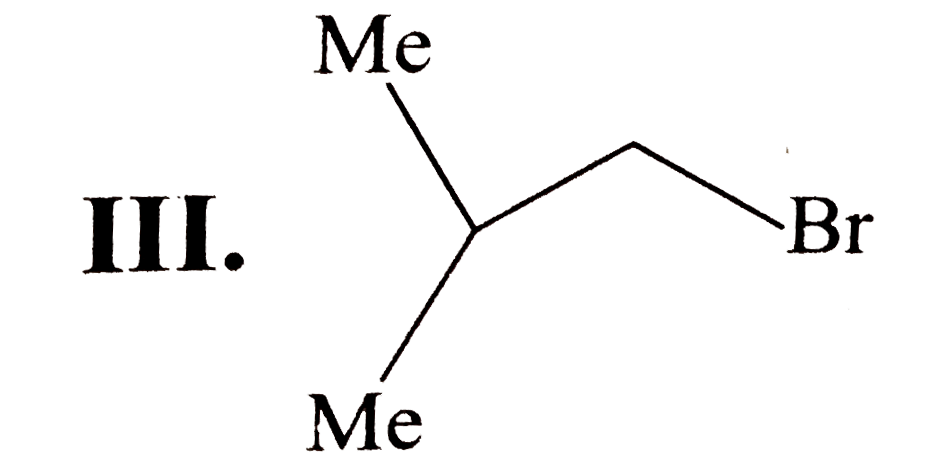 IV.
IV. 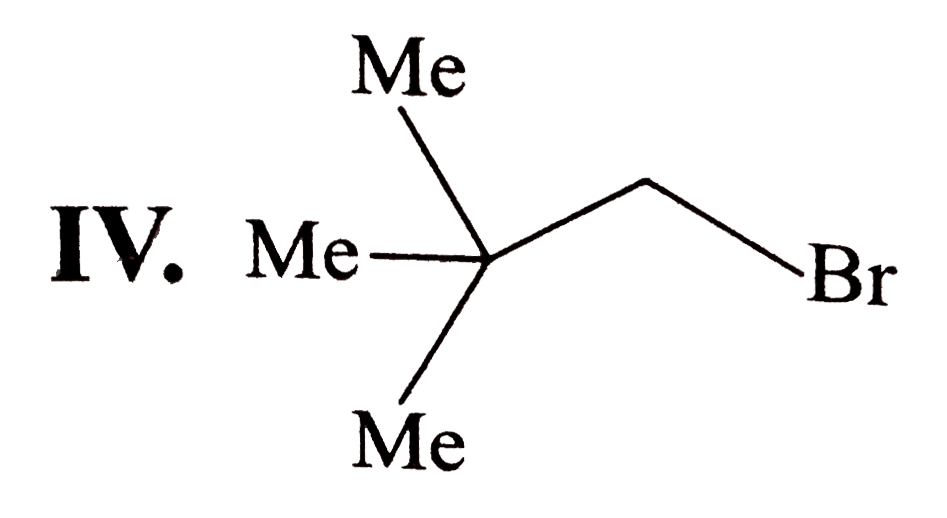
View Solution(1) Consider the following cases-

The nature of flow of energy in case (I) is same as that in-
(A) II , (B) III , (C ) IIandIII , (D) None
View SolutionIdentify the correct match from the column I, II and III.
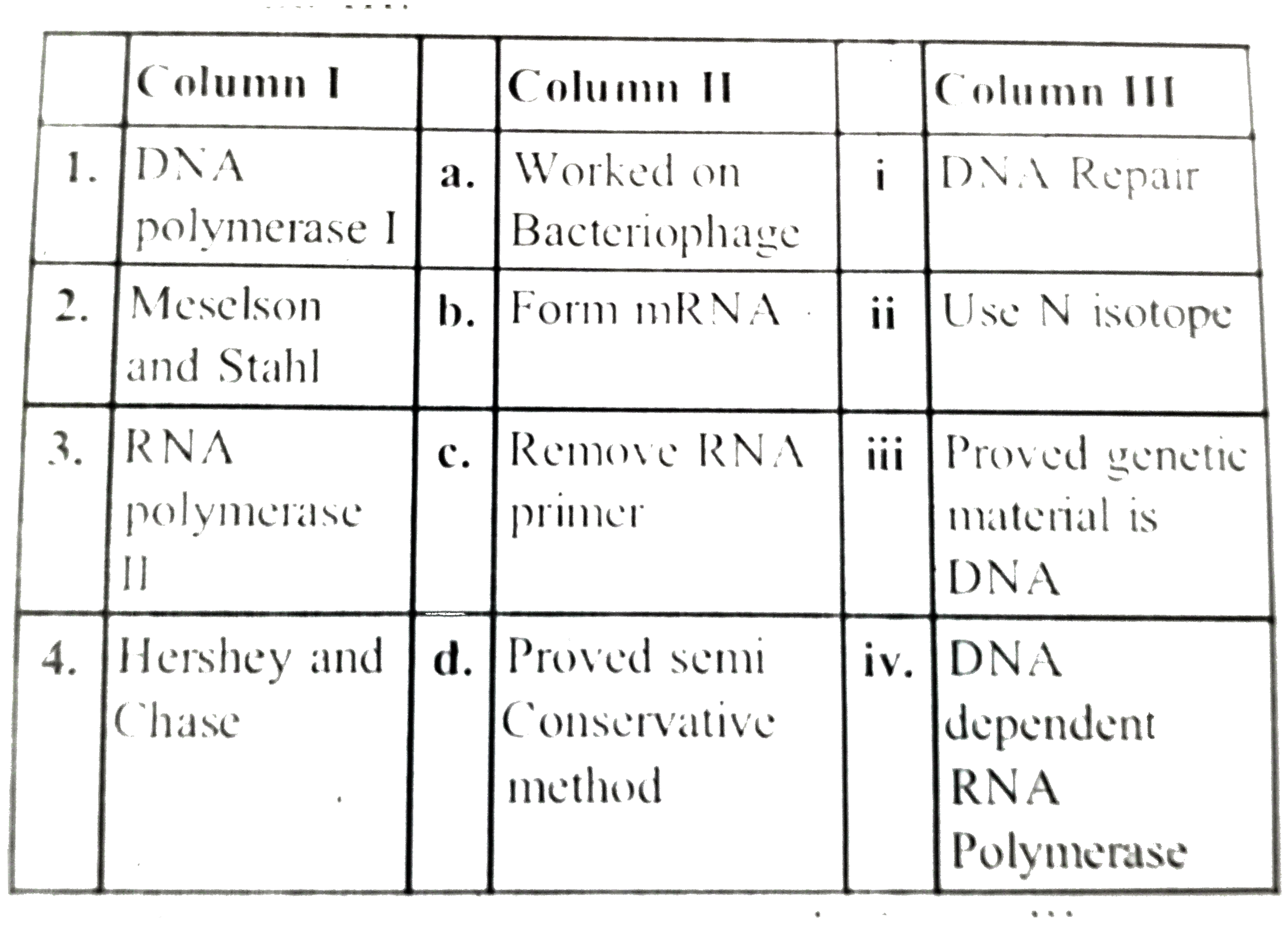
View Solution
